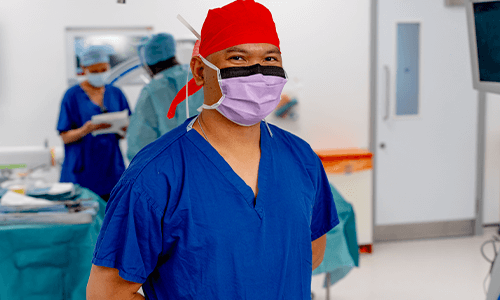Oaks Hospital Specialists
-
Mr Fateh Ahmad
Mr Fateh Ahmad is a Consultant Plastic, Reconstructive and Aesthetic Surgeon in Essex and Hertfordshire
Read more -

Mr Jonathan Britto
Mr Jonathan Britto is a Cosmetic Surgeon at Oaks Hospital in Colchester.
Read more -
Mr Mat Griffiths
Mr Matthew Griffiths is a Consultant Plastic and Cosmetic Surgeon in Essex
Read more -
Mr Makarand Tare
Mr Makarand Tare is a Cosmetic Surgeon in Essex who offers the full range of cosmetic surgery, skin cancer surgery and hand surgery services.
Read more


